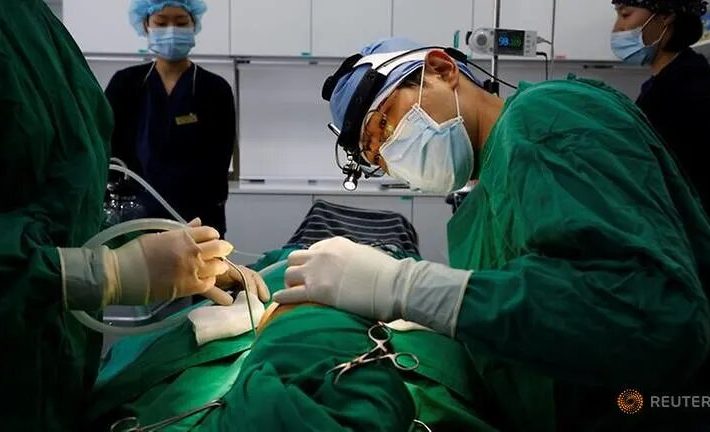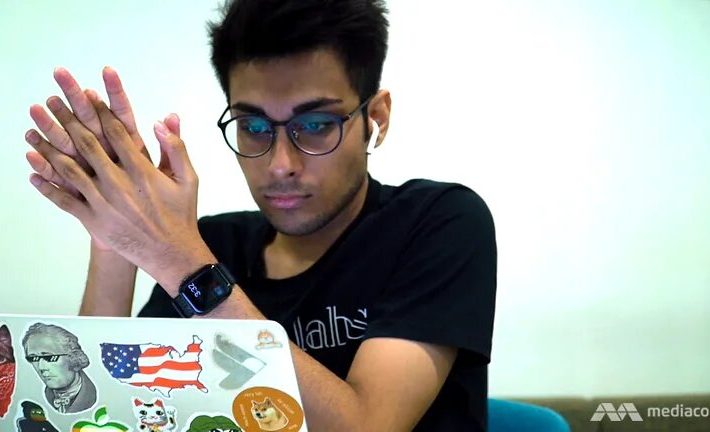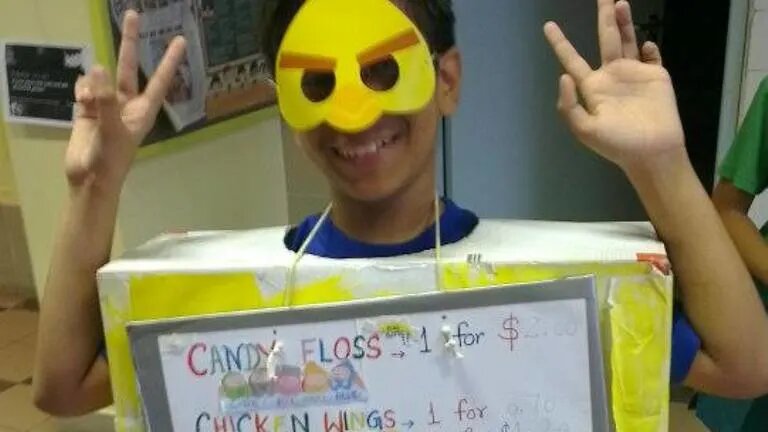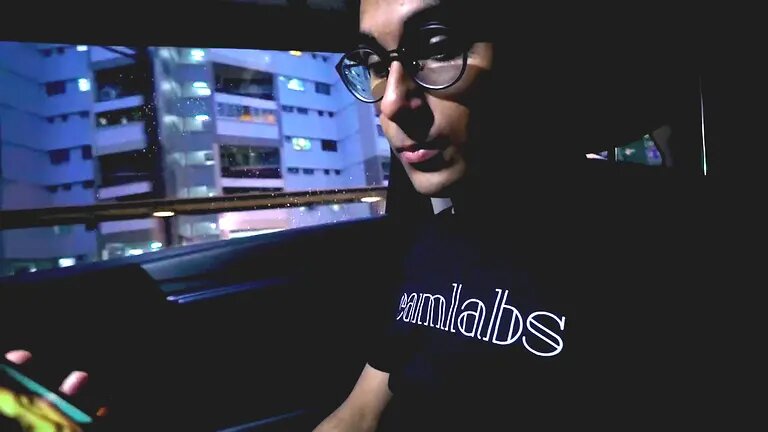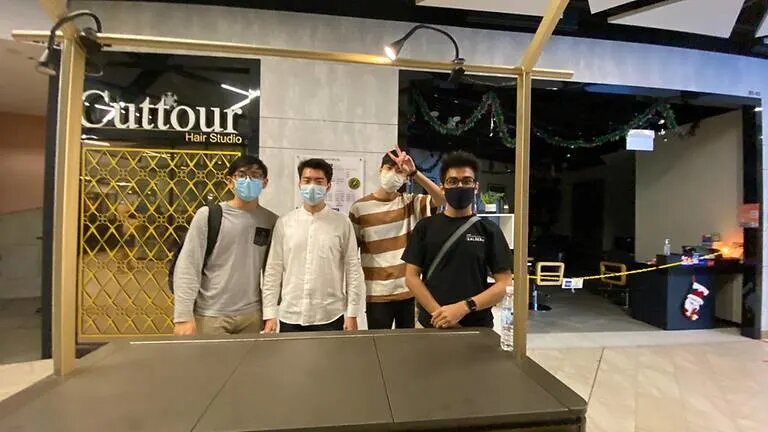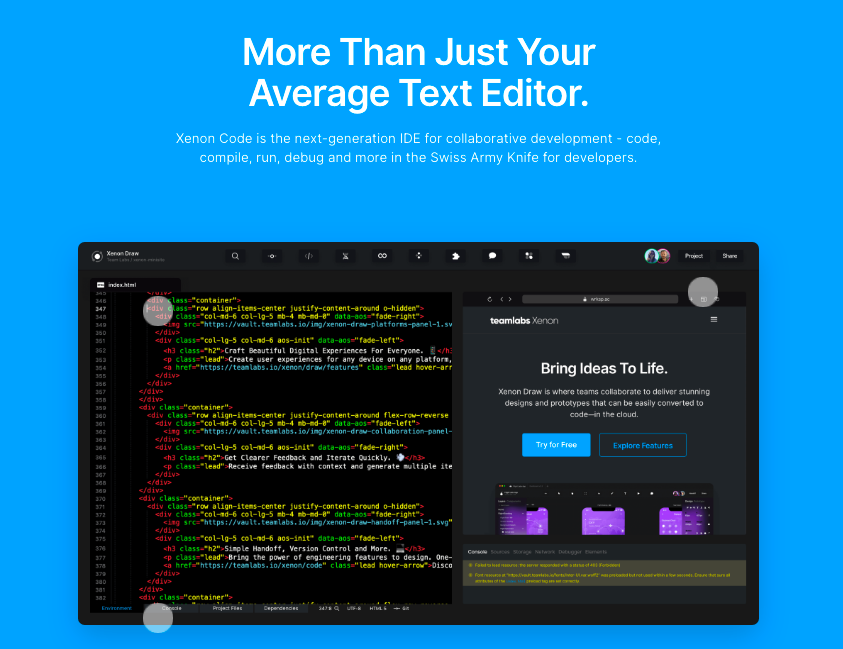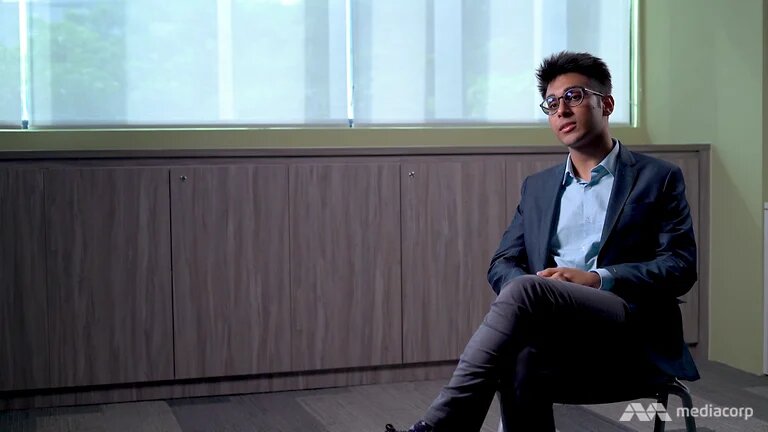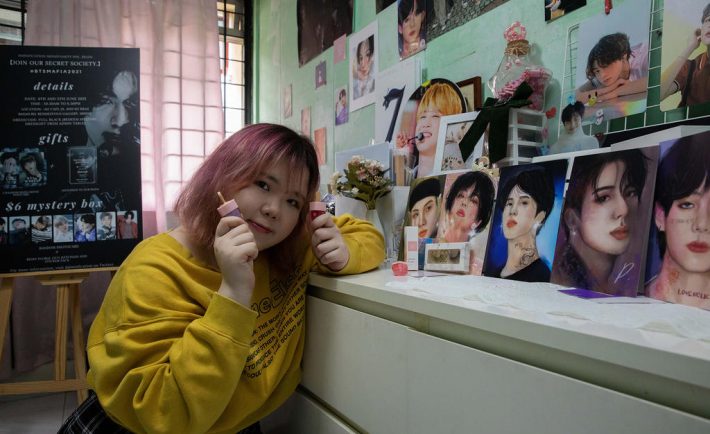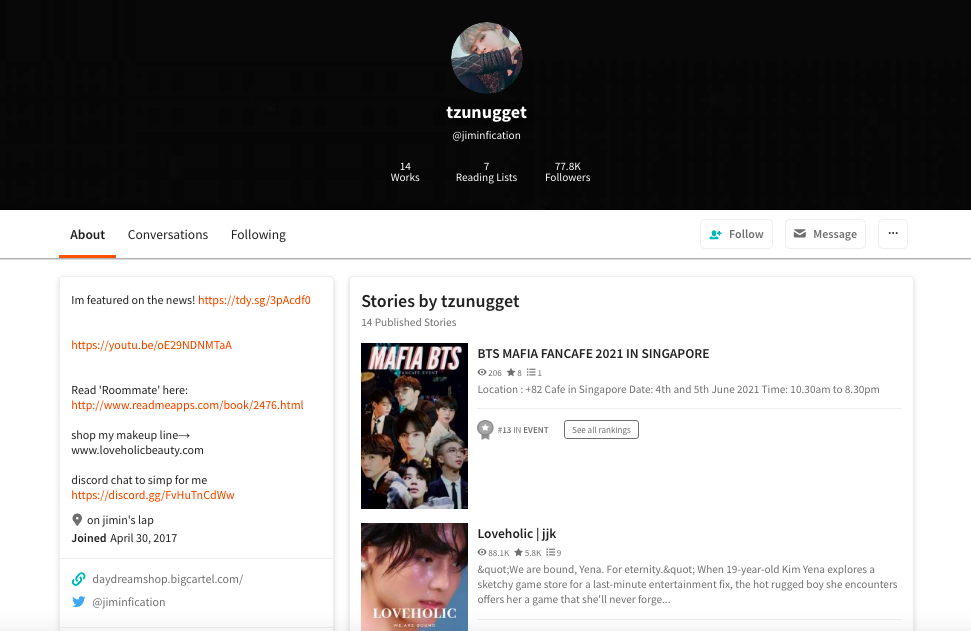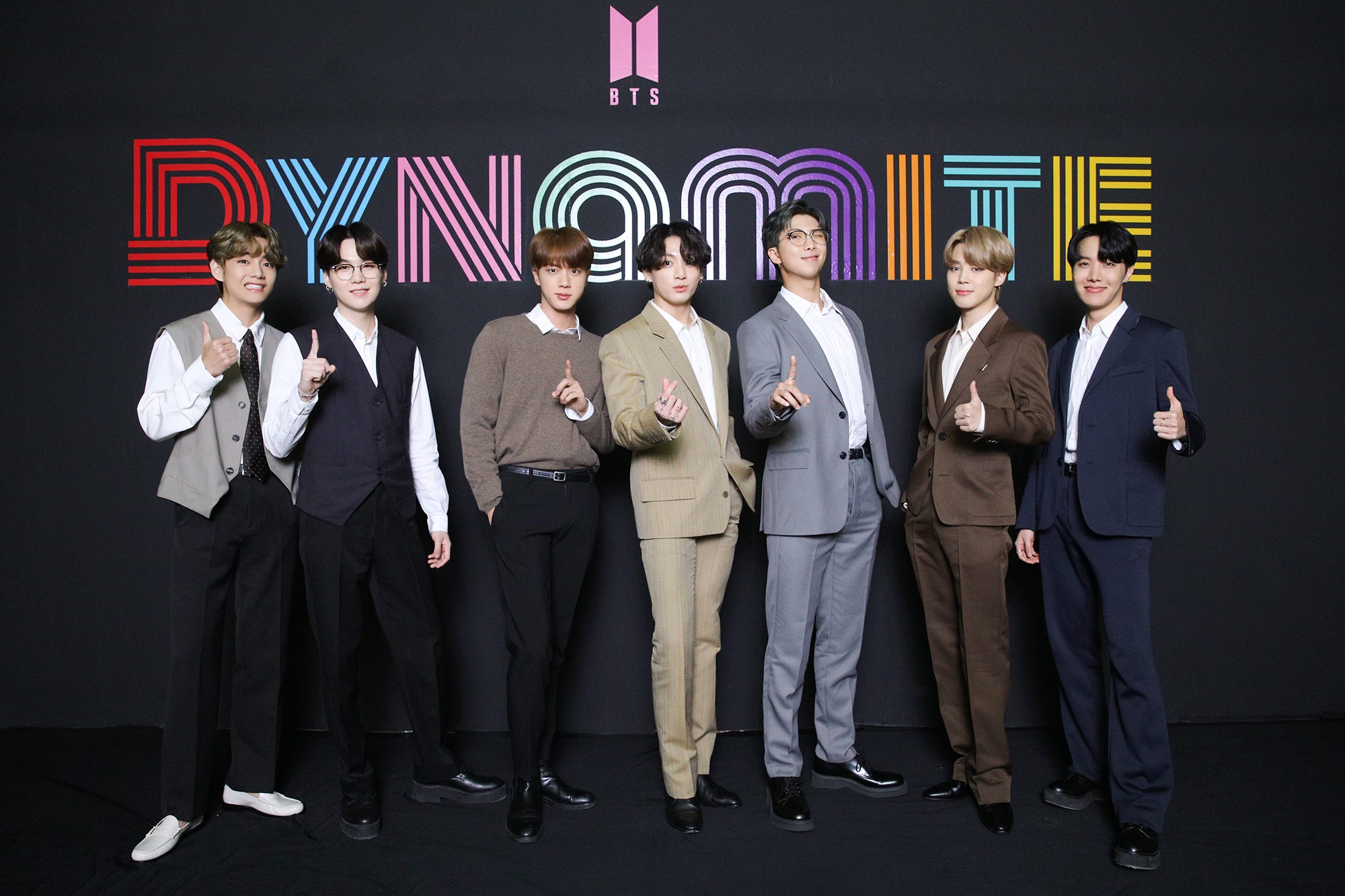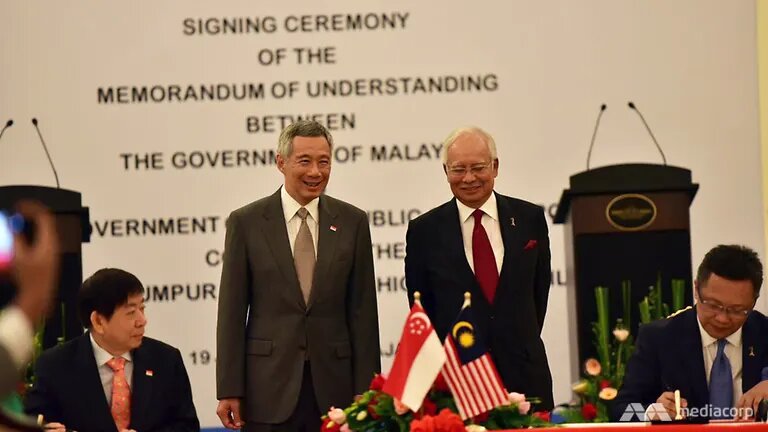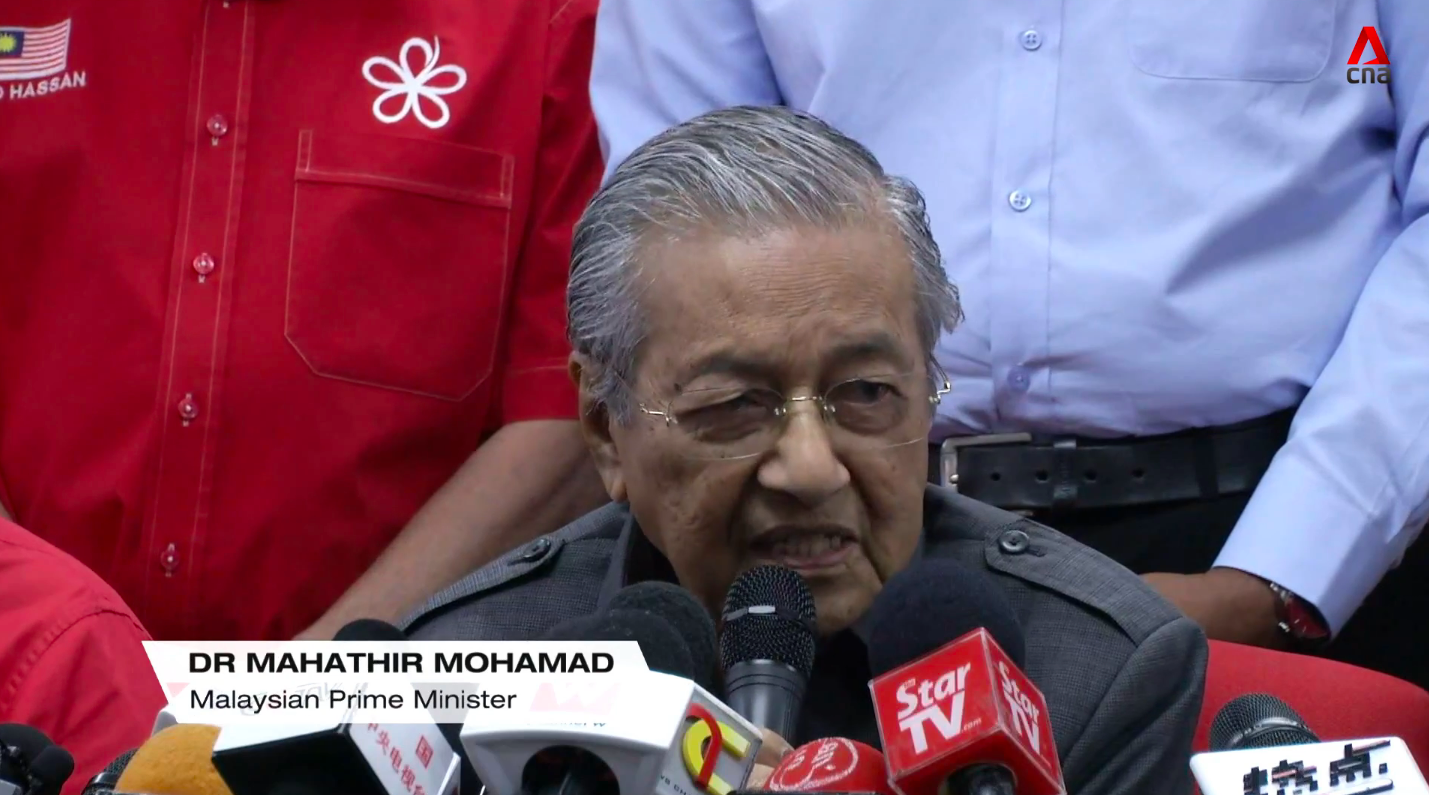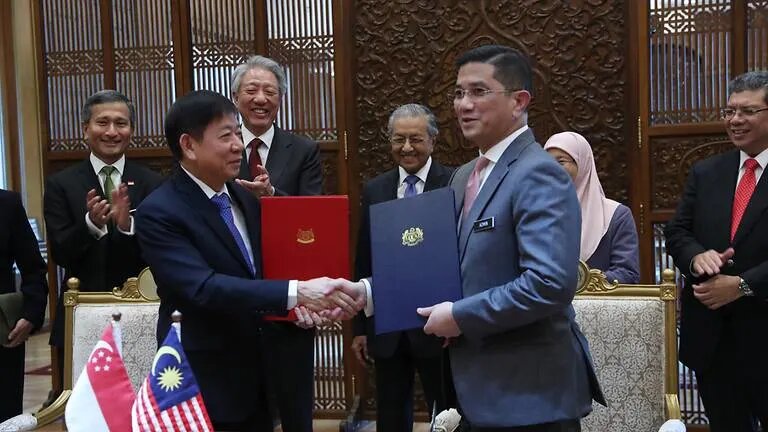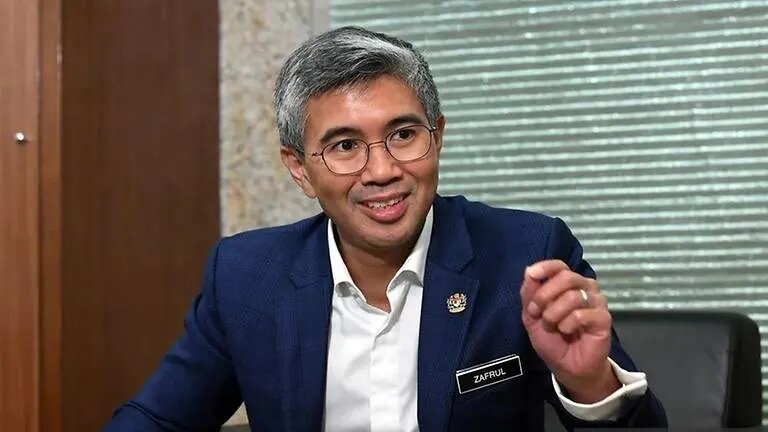In the last three months, South Korea has seen a 167.3 per cent uptick in the number of COVID-19 infections. But it seems like there’s something of more interest for some South Koreans.
As the land of kimchi battles its third wave of the coronavirus with 1,020 more COVID-19 cases added on Monday (Jan 4), the total caseload now stands at 64,264. But that does not deter some locals like a 20-year-old university student, Ryu Han-na.
Pandemic turned an opportunity for cosmetic surgery
When she had plastic surgery on her nose last month, she took it as the last opportunity to do so discretely before people began taking off masks this year following worldwide vaccinations roll-out.
Ryu said the decision to undergo the 4.4 million won (US$4,013) procedure amid the pandemic included having the capacity to recover at home and wear a mask in public without receiving unnecessary attention.
“I always wanted to get a nose job… I thought it would be the best to get it now before people start taking off masks when vaccines become available in 2021,” she shared. “There will be bruises and swelling from the surgery but since we’ll all be wearing masks I think that should help.”
Ryu is not the only person
In fact, many South Koreans share the same view as Ryu. As such, demand for plastic surgeries amid COVID-19 has contributed to the rise in the industry’s worth in 2020.
According to Gangnam Unni, the country’s largest online cosmetic surgery platform, the market had a worth of roughly US$10.7 billion last year, rising 9.2 per cent year-on-year. It is assumed to remain around US$11.8 billion in 2021.
The face area of interests

Image Credits: Seoulz
Cosmetic surgeons state that all areas of the face are of concern to patients. This includes those that can be covered behind masks, and those that cannot be hidden, which others deem to be appearance standards in the age of COVID-19.
“Both surgical and non-surgical inquiries about eyes, eyebrows, nose bridge and foreheads – the only visible parts – certainly increased,” said Park Cheol-woo, in-charge of Ryu’s operation and surgeon at WooAhIn Plastic Surgery Clinic.
Using the government’s emergency stimulus payment at hospitals
Krismas Plastic Surgery Clinic’s Surgeon Shin Sang-ho said several individuals spent their government emergency stimulus payments at hospitals and clinics, raising sales in the second half of 2020.
“I felt like it’s sort of a revenge spending. I’ve sensed that customers were expressing their pent-up emotions (from the coronavirus) by getting cosmetic procedures,” Shin commented.
Although South Korea did not reveal hospital category specifics, government figures indicate that out of its welfare payments of 14.2 trillion won (US$12.95 billion), locals spent 10.6 per cent in hospitals and pharmacies.
Additionally, Gangnam Unni data suggests that its users rose 63 per cent to around 2.6 million last year from 2019. People sought over one million counselling appointments, twice the number before.
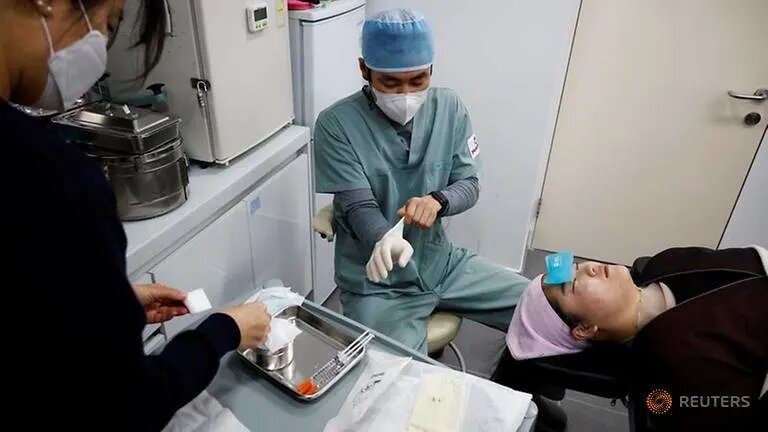
Image Credits: Reuters
But as the nation records increased COVID-19 cases daily, the third wave of coronavirus in South Korea remains a threat.
“We’ve seen growing numbers of cancellations in consultation appointments recently as people refrain more from going outside … especially customers from the suburbs mostly postponed their surgeries to 2021,” Park noted.


